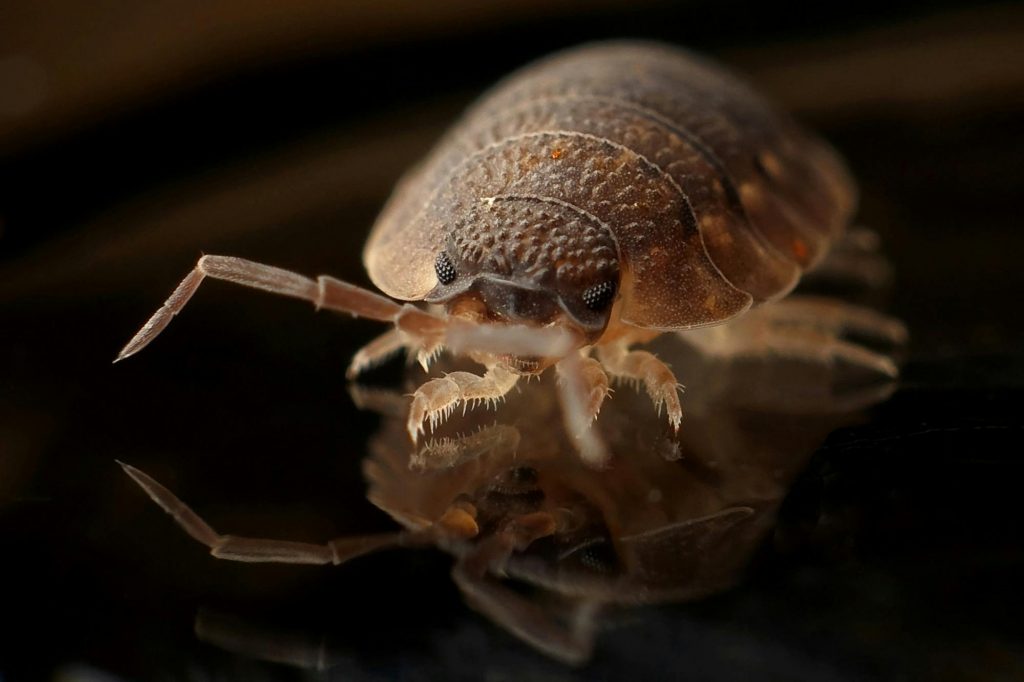Exploring the World of Bed Bugs: A Comprehensive Overview of Bed Bug Types
Bed bugs, the tiny pests that have plagued human dwellings for centuries, come in various types, each with its unique characteristics and behaviors.
Bed bugs, the tiny pests that have plagued human dwellings for centuries, come in various types, each with its unique characteristics and behaviors. While the most common species is Cimex lectularius, there are other species and related bugs that can infest homes and businesses. In this blog post, we’ll delve into the different types of bed bugs, their distinct features, and how to identify them.
1. Cimex lectularius (Common Bed Bug)
Cimex lectularius, commonly known as the common bed bug, is the most prevalent species found in human dwellings worldwide. These reddish-brown insects feed exclusively on the blood of humans and animals, typically at night while their hosts are asleep. Common bed bugs are oval-shaped and flattened, with a distinct six-legged body structure. They prefer to hide in cracks, crevices, and other secluded areas near sleeping quarters and service like Bed Bug Exterminator are important to get rid off these creatures.
Identification
Common bed bugs are approximately 4 to 5 millimeters in length, with a flattened body shape and a distinctive reddish-brown coloration. They have a segmented abdomen and short, stubby antennae.
Cimex hemipterus (Tropical Bed Bug):
Cimex hemipterus, also known as the tropical bed bug, is another species commonly found in tropical and subtropical regions. Similar in appearance and behavior to the common bed bug, C. hemipterus prefers warmer climates and is often found in tropical areas of Asia, Africa, and South America. While less common in temperate regions, they can still infest homes and businesses in areas with suitable environmental conditions.
Identification:
Tropical bed bugs closely resemble common bed bugs in appearance, with a reddish-brown coloration and flattened body shape. However, they may exhibit slight variations in size and morphology, with some individuals being slightly smaller or darker in color.
3. Cimex adjunctus (Bat Bug):
Cimex adjunctus, commonly known as the bat bug, is closely related to bed bugs and shares many similarities in appearance and behavior. However, bat bugs primarily feed on the blood of bats and are typically found in roosting sites inhabited by these nocturnal mammals. While bat bugs can bite humans in the absence of their preferred bat hosts, they are less commonly encountered in human dwellings compared to common bed bugs.
Identification: Bat bugs closely resemble common bed bugs in appearance, with a similar reddish-brown coloration and flattened body shape. However, they can be distinguished by subtle differences in their morphology, including longer hairs on the pronotum and fringe hairs on the thorax.
-
Leptocimex boueti (Swallow Bug):
Leptocimex boueti, also known as the swallow bug, is a species closely related to bed bugs that primarily feeds on the blood of birds, particularly swallows and other avian species. While swallow bugs are less commonly encountered in human dwellings, they can occasionally infest homes and buildings near nesting sites of their preferred bird hosts.
Identification: Swallow bugs closely resemble common bed bugs in appearance, with a similar reddish-brown coloration and flattened body shape. However, they may exhibit slight variations in size and morphology, with some individuals being slightly smaller or lighter in color.

Conclusion:
While common bed bugs (Cimex lectularius) are the most prevalent species encountered in human dwellings, other related species such as the tropical bed bug (Cimex hemipterus), bat bug (Cimex adjunctus), and swallow bug (Leptocimex boueti) can also pose a nuisance to homeowners and businesses. Understanding the different types of bed bugs and their unique characteristics is essential for effective identification and management strategies. By familiarizing yourself with the appearance and behavior of these pests, you can take proactive measures to prevent infestations and protect your home from the bed bug menace.
When discussing types of bed bugs, it’s important to clarify that the term “bed bug” typically refers to a specific genus and species within the Cimicidae family. The most common bed bug species encountered in human dwellings is Cimex lectularius, commonly known as the common bed bug. However, there are related species and bugs that can infest homes and businesses. Here are some key types of bed bugs:
A. Cimex lectularius (Common Bed Bug):
Commonly found in human dwellings worldwide.
Feeds exclusively on the blood of humans and animals, typically at night.
Oval shaped, flattened body with a reddish brown coloration.
Prefers to hide in cracks, crevices, and other secluded areas near sleeping quarters.
2. Cimex hemipterus (Tropical Bed Bug):
Similar in appearance and behavior to the common bed bug.
Prefers warmer climates and is often found in tropical and subtropical regions.
Can infest homes and businesses in areas with suitable environmental conditions.
3. Cimex adjunctus (Bat Bug):
Closely related to bed bugs and shares many similarities in appearance and behavior.
Primarily feeds on the blood of bats and is typically found in roosting sites inhabited by these nocturnal mammals.
Less commonly encountered in human dwellings compared to common bed bugs.
4. Leptocimex boueti (Swallow Bug):
Related to bed bugs and primarily feeds on the blood of birds, particularly swallows and other avian species.